百年石室的私家秘密
◇ 文|本刊记者 陈科龙 图| 游 宇
百年石室的私家秘密
Secrets of a Hundred-year-old Stone Chamber
在重庆城区,有一个叫“鹅岭”的地方,重庆人几乎无人不晓。鹅岭的位置生得险绝,长江、嘉陵江二水南北挟持,为两江环抱距离最近处,宛若束带,形似鹅颈,故俗称“鹅项岭”。当年蜀汉将军李严踞守江州时,就曾计划凿开鹅项岭,连通两江,使江州城四面环水,成一江心洲。
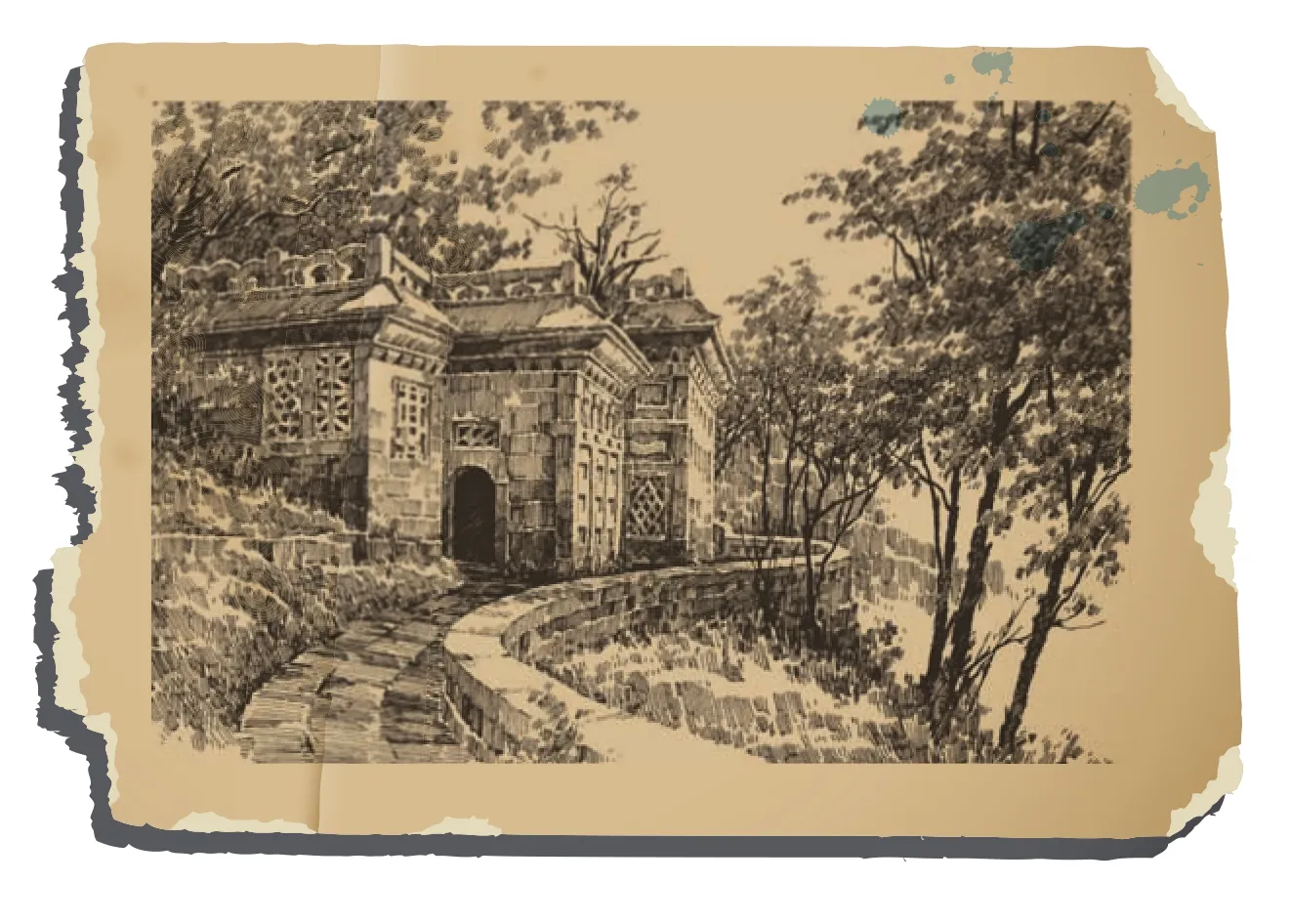
在重庆生活了多年,也上过鹅岭多次。想象中,鹅岭公园必是今人所捣鼓出来的园艺小品,没有多少野趣和古意,故未深探。没曾想,鹅岭公园内还颇有几处前人遗下的旧迹,只是没有两江亭巍峨光鲜,鲜有人提及。
全石材砌筑的桐轩石室即是其中之一。
In Chongqing, almost everyone knows Eling which lies in a perilous section coming up between the Yangtze River and Jialing River in a northsouth way, where the two rivers are at the closest distance. It is like a bunch of gird as well as a goose’s neck in shape, thus known as “Exiang Ling”. In ancient days, General Li Yan of Shu Han Dynasty once stayed in Jiangzhou, and planned to chisel Exiang Ling sharp open so as to link the two rivers together to make Jiangzhou be all surrounded by water.
I have lived in Chongqing for years and visited Eling a couple of times. I assumed that Eling Park was a creation in present days, lacking a slight touch of fun and antiquity, so never bothered to dig into its origin. It never occurred to me that there are indeed several relics left over by our predecessors, which might not be so attractive as Liangjiang Pavilion and thus be hardly mentioned.
One of the relics is Tongxuan Stone Chamber made of stones alone.
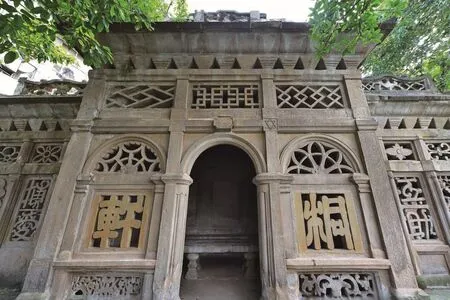
西南首富李耀庭
The Richest in the Southwest
这座百年石室的故事,得从它的建造者、当时的西南首富李耀庭说起。
李耀庭本是云南昭通人,出身贫寒,原为挑夫。因为得到天顺祥票号老板的赏识,清光绪六年(1880年)他被安排到重庆任天顺祥票号渝州分号管事。接任渝州分号短短数年,李耀庭竟将天顺祥的分号扩至全国各省,一跃成为南帮票号之首。李耀庭因此分得巨额红利,其自营盐号“祥发公”也逐渐发展成川东最大的盐号,成为富甲一方的西南首富。
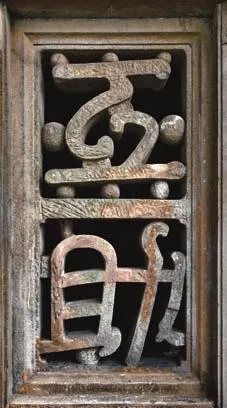
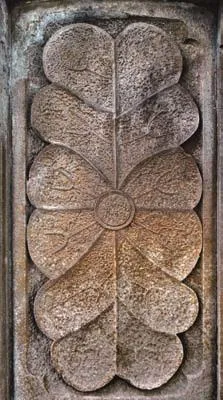
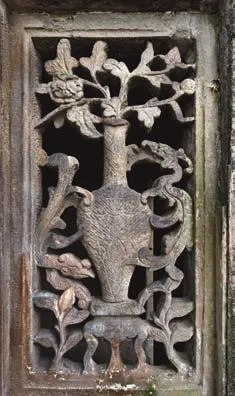

1904年,重庆设立商务总会,李耀庭被公推为首任总理,为重庆商务实业的发展贡献颇多。他热心慈善,大力资助赈灾、救荒、修桥、兴学等公益事业,为时人所称道。李耀庭七十寿辰时,送礼祝寿者,上自六部尚书达官贵人,下至平民百姓。每晚名角表演,好戏连台,寿庆足足长达一个月之久。
清宣统年间,李耀庭的儿子购下了鹅岭上的数十亩山林,筑室建阁,营造园林,让父老在园中颐养天年,并以园中所藏康熙御书《宜春帖》为园子取名“宜园”。后因李耀庭常说自己“生而好礼”,遂又将“宜园”更名为“礼园”。
民国元年,76岁的李耀庭病逝于太平门府邸。出殡之日,棺材六十四抬,送葬队伍长达十余里。如此规模的殡葬大礼,为重庆历来所罕见。
Stories of the chamber might be traced back to its builder Li Yaoting, who was the richest man in the southwest over a hundred years ago.
Li was born in a poor family in Zhaotong, Yunnan Province. He was a porter at first. Highly appreciated by the boss of Tian Shun Xiang Bank, he was appointed to take charge of one branch bank in Yuzhou, today’s Chongqing. Within a few years, he expanded branches of Tian Shun Xiang to provinces across China, the branch in Yuzhou ending up as the head of all banks in the south, due to which Li attained a huge amount of bonus. The salt shop “Xiang Fa Gong” owned by himself gradually developed into the biggest one in the east of Sichuan. It made him the most affluent man in the southwest.
In 1904 the chamber of commerce was established in Chongqing, Li being elected the first president. He truly made great contributions to business in Chongqing. He was keen on charity, substantially subsidizing programs like relieving those suffering from natural disasters, alleviating famine, building bridges and donating schools and so on, for which he was well acclaimed by many people. On his seventieth birthday, guests from different strata, including both dignified officials and common people, came to celebrate and send gifts. Successive performances done by excellent opera singers were available night after night, and the celebration lasted for a month.
During the period of Emperor Xuantong, Li’s son purchased acres of mountain forests on Eling, constructing chambers and pavilions and creating gardens here in order that elders in his family could spend their late years in peace. The garden was named as “Yi Garden” because one of Emperor Kangxi’s copy Yichun Tie was collected there. Later on, Li claimed often that he was a person of following propriety (Li),so the garden’s name was adapted into “ Li Garden”.
In the first year of the Republic of China, Li Yaoting passed away in his mansion around Taipin Gate. On his funeral procession, the coffin was lifted by 64 bearers, numerous people following behind the long line, which made it such a spectacular funeral ceremony that had barely held in Chongqing.
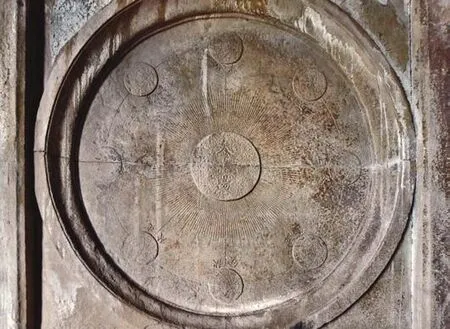
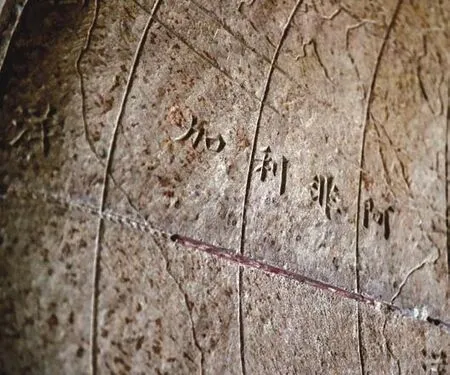
从私家园林到百姓公园
From a Private Garden to a Public Park
礼园乃旧时重庆著名的私家园林,有“园林之胜,甲于重庆”一说。尤其在清末民初时,云贵总督林绍牟、四川护理总督王人文、四川盐茶道赵藩、四川议长蒲伯英和赵熙、云南都督蔡锷、四川讨袁军总司令熊克武等雄踞一方的军政大员、文人雅士常常聚集在礼园,宴饮游玩,甚至还编撰出了一本《礼园杂记》诗文集。文中记载,“四方之士道渝者……朋来则纵饮相角以诗。”蔡锷将军客居礼园期间,也曾赋诗云,“四野飞雪千峰会,一林落日万松高。”
“七七事变”后,国民政府迁都重庆。国难当头,好些旧时的别墅林园纷纷献出供政府机构使用,礼园中的飞阁被改作了蒋介石夫妇的临时寓所,之后,英国大使卡尔继续在此居住了五年。园内其他房舍则成为了各国使馆驻地,如澳大利亚公使馆、丹麦公使馆、土耳其大使馆等。
重庆解放后,礼园成为西南军区司令部驻地,邓小平、刘伯承、贺龙、李达等开国元勋先后在此居住。1957年,周恩来总理出访欧亚11国回国途中在重庆停留,在礼园看到满园都是军人,提议把礼园扩建成为市民提供休闲游玩的百姓公园。一年后,鹅岭公园正式对公众开放,私家园林自此成为百姓公园。
Li Garden was known as a private collection in Chongqing at that time, enjoying a reputation for “being the most beautiful garden throughout Chongqing”. To mention, at the time of late Qing and early Republic of China, military and political big shots as well as men of letters gathered here from time to time , among whom were Lin Shaomou (governor of Yun-Gui) , Wang Renwen(governor of Sichuan) , Zhao Fan(head of salt and tea chamber of Sichuan), Pu Boying and Zhao Xi(speaker of Sichuan), Cai E(military governor of Yun Nan) and Xiong Kewu( commander in Sichuan against Yuan Shih-kai). They even compiled an poetic anthology called Sketches of Li Garden, a piece of it accounting, “ men from different places came to Chongqing meeting friends together, drinking and doing poems.” General Cai E’s was also lingering there, and he made a poem, “thousands of mountains meet altogether with snowflakes fluttering and scattering all over the wilderness. While the sun sets in the wood, seemingly the pine trees aiming high.”
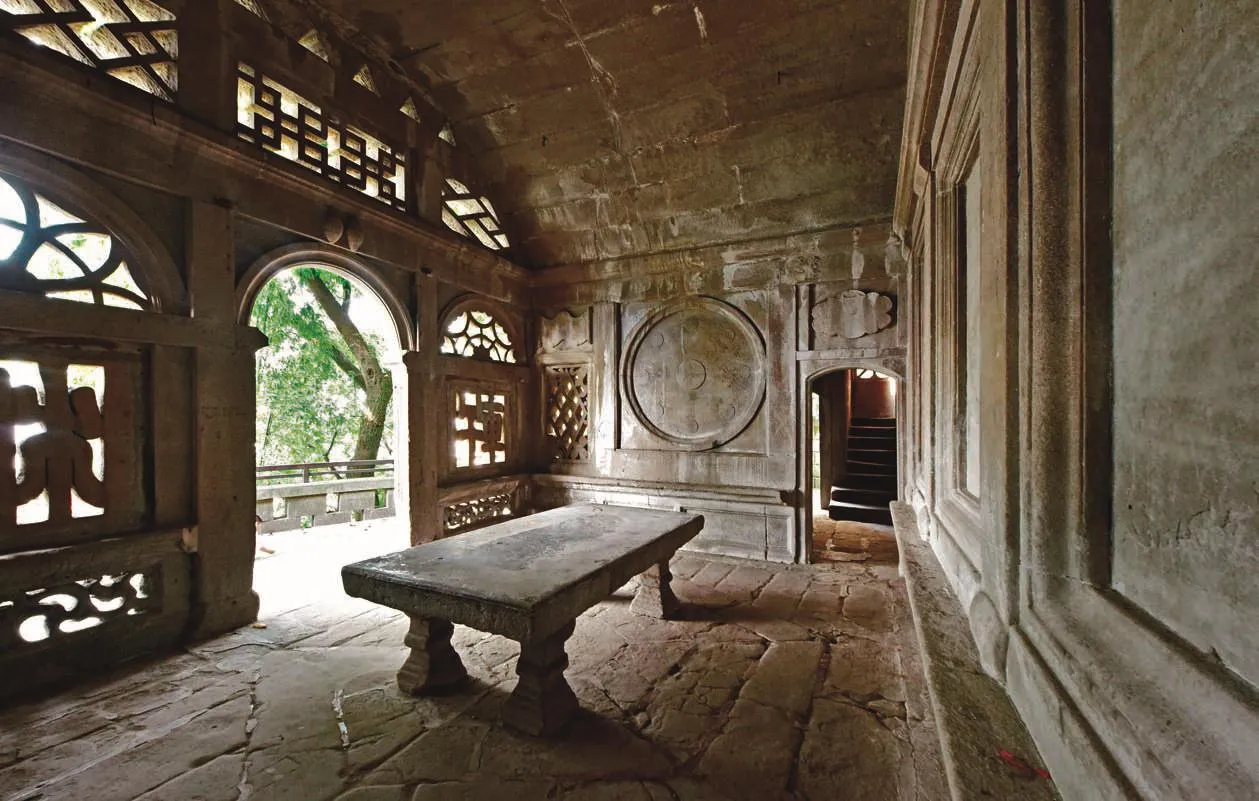
After the July 7th Incident, the national government moved to Chongqing. Under the severe national crisis, villas and gardens were spared out to accommodate governmental agencies, whereas one pavilion in Li Garden was used by Chiang Kaishek and his lady temporarily. After that, the British ambassador Karl lived here for five years. The rest of those chambers invariably functioned as foreign embassies, including Australia, Denmark, Turkey and so forth.
Since Chongqing won its liberation, Li Garden was taken as the station for Southwest Military Area, where our founding fathers once settled down here one after another, including Deng Xiaoping, Liu Bocheng, He Long and Li Da. In 1957, Premier Zhou Enlai dropped by Chongqing on his way back from visiting 11 European and Asian countries, and when he noticed there were just military men in the garden, he thus proposed that it should be expanded into a public leisure park. One year later, Eling Park was officially opened, and hence it turned into a public facility out of a private belonging.
小石室内藏大乾坤
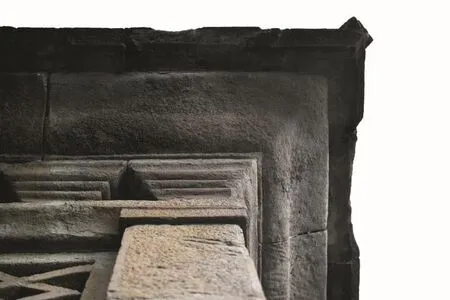
Secrets Hidden in the Small Stone Chamber
桐轩石室乃礼园遗迹之一,位于鹅岭山巅。石室为半地下空间,冬暖复凉,是李家的避暑之所。因石室四周遍植梧桐,古人认为梧桐树是供凤凰所栖之树,有期望子孙发达之意,故取名“桐轩”。
建造于清朝末年的桐轩石室,为清末民初最典型的中西合璧式建筑,中式的斗拱、镂刻、雕花,西洋的柱头、拱门、券窗交合在一起,不用一木一钉,全以石头垒砌。石室内没有传统的书法字画装饰,墙面满饰昆虫、鸭子、宝瓶、几何纹等各式图案的镂雕,甚至还镂刻上了花式的文字,“桐轩”“互助”“博爱”。石室内是一正两耳的格局,面积约有一百平方米。石室堂顶为罗马式圆顶,壁面全以几何形装饰,石楣上方雕的是一幅在西方神庙中才能见到的石狮浮雕。
石室正中及左右两壁分别镌刻有“秋海棠叶”的中国地图、世界地图,以及太阳与地球四季图更替图。屋内还陈设有大块头的石头案桌,形似一间小型作战指挥室,左边是世界地图,右边是太阳地球四季图,背后是中国地图,足见原主人的理想志向和对当年时局混乱的忧思,以及求新求变的眼光。
两耳室各有石梯可通向屋顶的观景平台,登顶四望,可俯瞰嘉陵江,正如光绪年间被誉为四川“睁眼看世界”第一人的宋育仁在《题社团亭馆》诗中所咏:“步虚声下御风台,一角山楼雨涧开。爽气西浮白驹逝,江流东去海潮回。俯临木杪孤亭出,静听涛音万壑哀。”
全石材砌筑的桐轩石室乃整个山城所仅有,堪为重庆一绝。就冲这间百年石室,也不枉走一遭鹅岭。
Tongxuan stone chamber was one of the relics in Li Garden, standing on the top of Eling. Half of the chamber lays underground, fairly warm in winter and rather cool in summer, so that the whole family would like to shelter from hotness there. The reason why the chamber was named after “Tongxuan”lies in the saying that Chinese parasol trees, grown all around the chamber, are expected to ensure children's success because they provides the very habitat for phoenixes.
Completed in late Qing Dynasty, Tongxuan stone chamber was beyond doubt one of most typical architectural practices of blended Chinese and Western culture, with Chinese bucket arches, engravings, lattices, and Western pillars, arched doors and windows cohering together, requiring not a slight piece of wood or peg but stones merely. Devoid of traditional calligraphy and paintings for ornamentation, instead, the walls are filled with exquisite engravings, to say, insects, ducks, precious vases and even geometric figures in shape as well as three groups of stylistic inscriptions like“Tongxuan”, “Huzhu” “Bo’ai ”, the latter two bearing meanings as mutual help and universal love respectively. The chamber boasts a layout of one central part with one small section rightly on each side, as well as covers an area of roughly 100 square meters. Its roof is designed into a dome in a Romanstyle fashion, with full decorations of geometric figures while there is a carved stone lion in the upper lintel that should be seen in western temples.
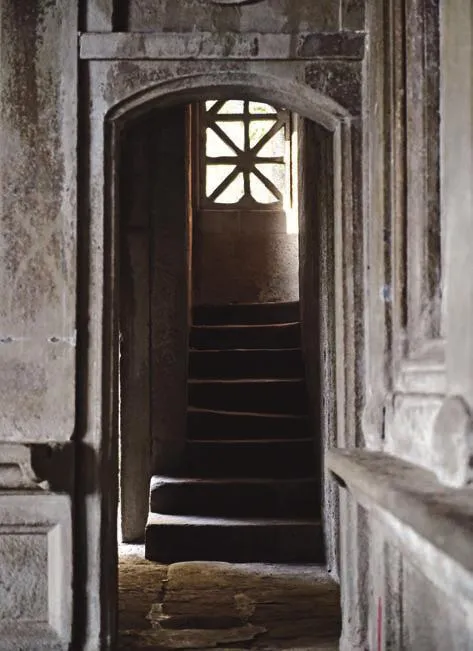
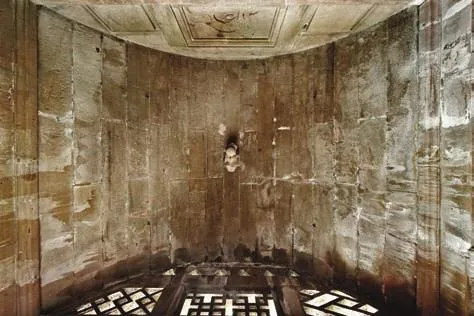
On the walls of the chamber, there is a map of China, a map of the world and also a picture that shows the sun and seasons alternating engraved with delicacy differently; besides, a sizable stone table is placed there. All of these together make the chamber look like a mini-sized commanding room that absolutely manifests the owner’s profound aspirations, his concerns towards a chaotic situation at that time and likewise, his insight for seeking innovation and revolution.
In the rooms on the two sides, there are stone stairs leading directly to the viewing platform on the rooftop where one could have a perfect look over Jialing River. Song Yuren, who was considered the first man to see the world in Sichuan Province, once wrote a poem, “ I stood on the top to save the trouble of strong wind, suddenly rains poured down, splashing its drops onto the mountain. As time flies so swiftly, the river runs eastward with only tides rushed back. One treetop stretched out of the pavilion, as if it was listening to the roaring waves and mountains silently.”
The stone-made Tongtuan chamber is definitely one unique and special view in Chongqing, for whose sake it is totally worth a tour to Eling.

